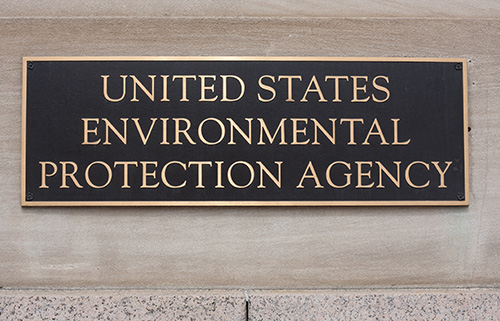
In March of this year, the Environmental Protection Agency announced its intent to reevaluate the previous administration’s 2027 heavy-duty engine low NOx emission standards and implementation timeline.
ATA urged the agency to take this opportunity to reconsider the stringency of the NOx standards and delay the rule’s implementation by four years, which would allow the trucking industry more time to absorb new vehicle price increases during difficult market conditions. We emphasized that heavy-duty truck emissions have been reduced by 99% since 1970, and further reducing NOx by over 80% will require costly new emissions control equipment that remains untested under real-world conditions. The 2027 implementation timeline set by the previous administration raises serious concerns that new equipment will continue to increase in price and be less reliable during an already tough time for motor carriers.
Last week, the agency contacted ATA and other stakeholders to share its direction. Unfortunately, EPA does not plan to meet our full request. Changes to the 0.035 g/hp-hr. NOx standard or an extension of the 2027 implementation date are not on the table.
While this is disappointing, we are encouraged by several proposed adjustments that should help lower costs and ease implementation. EPA’s planned rulemaking is likely to eliminate the extended warranty periods set to take effect in 2027 and instead retain the existing warranty requirements, while also revising useful life standards and making other technical changes to the rule.
EPA staff expect to publish the rule in the Federal Register in the spring of 2026 and make it available for public comment. ATA will work with EPA staff throughout this process to ensure chances to further reduce costs are maximized. ATA also plans to pursue additional avenues to provide cost-relief for motor carriers, such as advocating for the repeal of the federal excise tax on heavy-duty trucks.